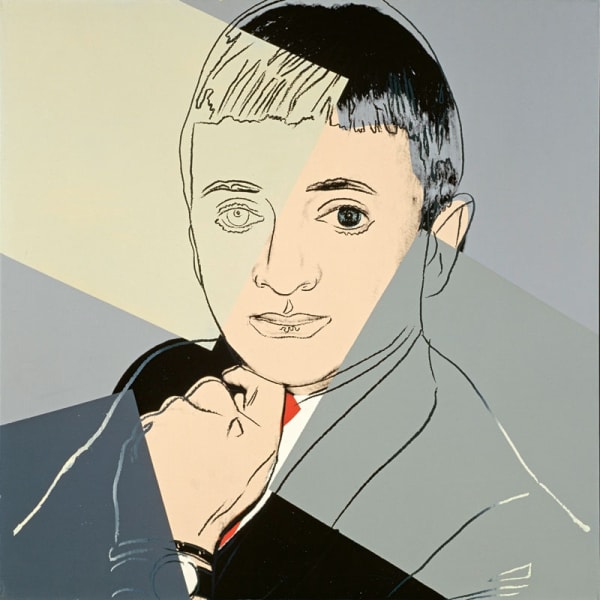Society Portraits: Andy Warhol
Andy didn’t care and he approached the portraits like he did everything else – with diligence, creativity and a fair amount of greed. Clients were encouraged to commission additional panels of the same portrait in different colors, and those who didn’t were considered “cheap”.
-
 Andy WarholTruman Capote, 1979Unique Screenprint on off-white laid paper102 x 117 cm
Andy WarholTruman Capote, 1979Unique Screenprint on off-white laid paper102 x 117 cm
40 2/16 x 46 1/16 in
Framing Dimensions: 134 x 152 cm -
 Andy WarholMarella & Gianni Agnelli, 1972Synthetic Polymer paint and silkscreen ink on canvas2 x 101.6 x 101.6 cm
Andy WarholMarella & Gianni Agnelli, 1972Synthetic Polymer paint and silkscreen ink on canvas2 x 101.6 x 101.6 cm
0 12/16 x 40 x 40 in
2 parts 101,6 x 101,6 cm -
 Andy WarholJacques Bellini, 1983Peinture de résine synthétique et sérigraphie sur toile102 x 102 cm
Andy WarholJacques Bellini, 1983Peinture de résine synthétique et sérigraphie sur toile102 x 102 cm
40 2/16 x 40 2/16 in





